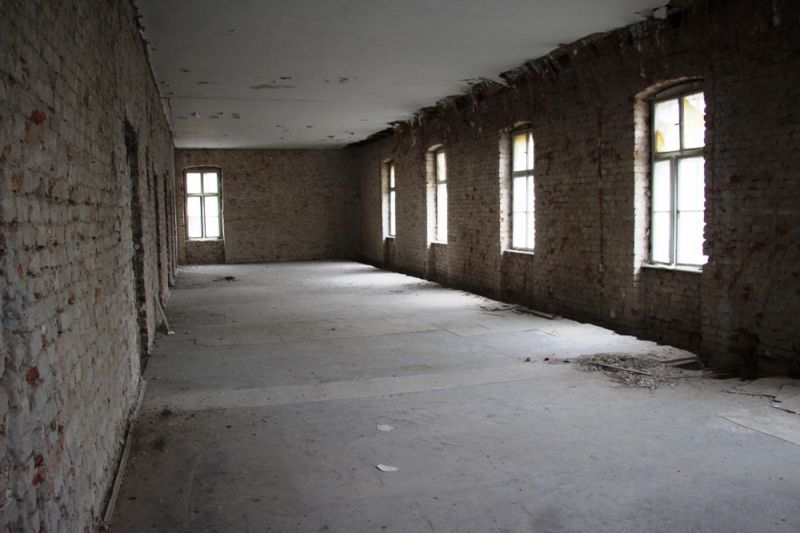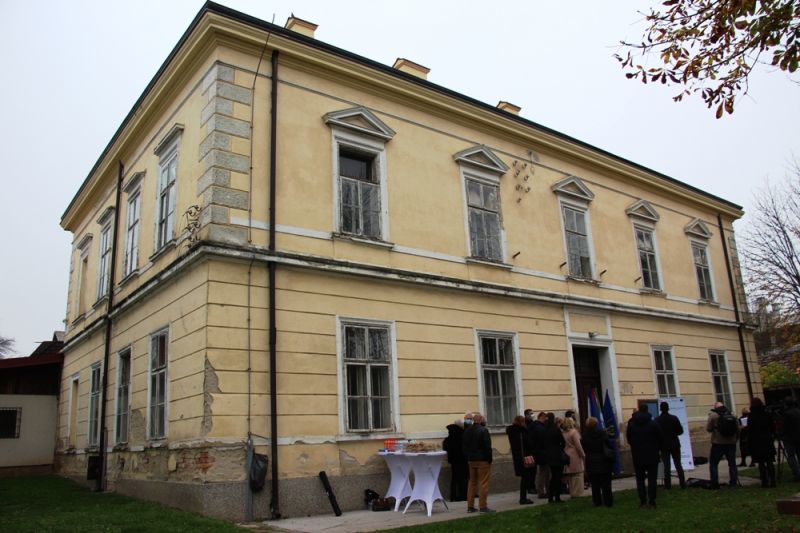November 16, 2020 – Dating back to the end of the 19th Century, the Draskovic Palace in Dugo Selo has lay abandoned since 2003. In part thanks to EU money, it will become a cultural centre for visitors and the community by 2023
An abandoned but nationally-protected building in Zagreb County has secured EU funding in order to become a cultural centre for its community and visitors. Draskovic Palace in Dugo Selo will see an investment of HRK 14.4 million, with an 85% share coming from the European Regional Development Fund. The remaining 15% will be covered by the City of Dugo Selo.
The Draskovic Palace in Dugo Selo dates back to the end of the 19th Century and is named after its first owners, the family of Count Draskovic. Although a major landmark in the City of Dugo Selo, the building has lay abandoned since 2003.
The 1,485-square-metre Draskovic Palace in Dugo Selo will undergo construction and infrastructure works that will last until the end of November 2021. Following these works, a museum space will be built on the ground floor which will house a permanent exhibition of Saint Martin's heritage (Saint Martin is the patron saint of Dugo Selo). There will also be exhibits of Templar tradition in the town and exhibits of the city's industrial history. On the first floor, a multifunctional hall of the Mayor's office is planned. In addition, there will be seven educational classrooms built and another space for public events. The building is scheduled to be opened in 2023.
The Draskovic family is one of the oldest recorded noble houses in Croatia. The first written mention of them dates back to the 15th century. Notable family members included Juraj II Drašković (1525–1585) former bishop of Zagreb and Ban (Viceroy) of Croatia, Ivan I Drašković, younger brother of Juraj, a commander of Croatian and Hungarian forces under the command of Nikola IV Zrinski, Ivan II Drašković, Ban of Croatia between 1595 and 1608, Ivan III Drašković (1603–1648), Ban of Croatia from 1640 and the highest Croatian dignitary in the Hapsburg empire, Ivan V Drašković, Ban of Croatia from 1732 to 1733, Janko Drašković (1770–1856), a pro-Croatian autonomy politician, Juraj V Drašković, a soldier ranking as Major-General under Ban Jelačić, Karlo Dragutin Drašković (1873–1900) was a noted amateur photographer, Julijana Drašković (1847–1901), a painter and Maria Drašković of Trakošćan (1904–1969) who, as wife to the Duke of Bavaria, was the matriarch of the House of Wittelsbach and, as such, the dispossessed Catholic heir to the throne of Great Britain.
All images © Grad Dugo Selo
For the latest travel info, bookmark our main travel info article, which is updated daily.
Read the Croatian Travel Update in your language - now available in 24 languages.


